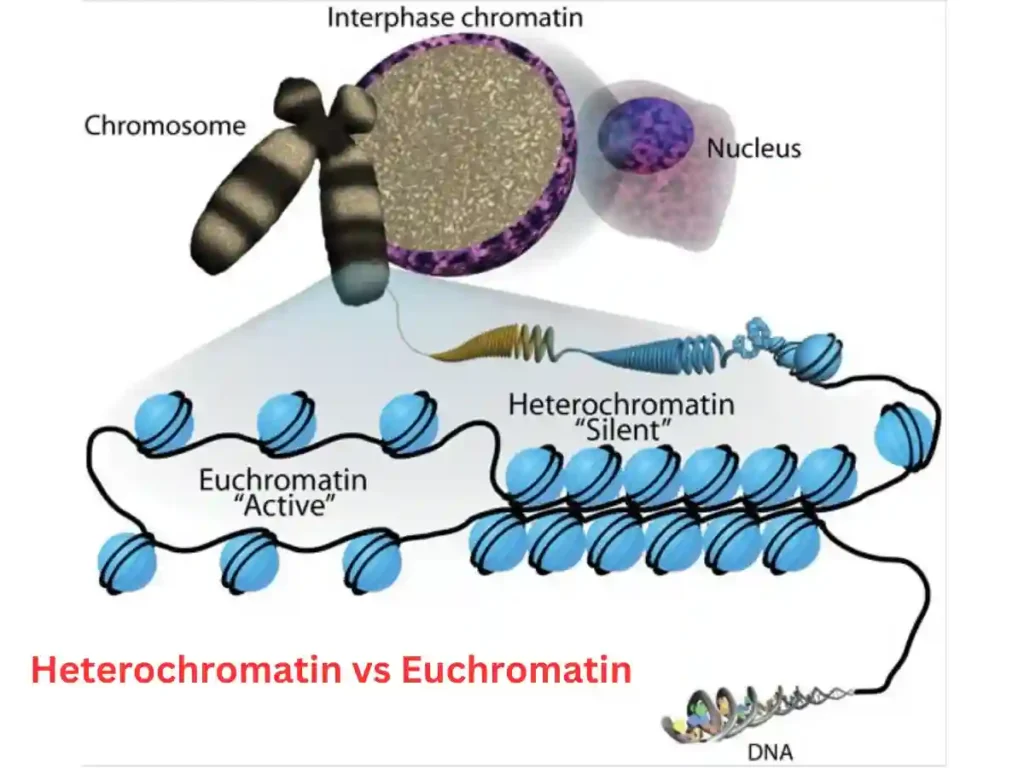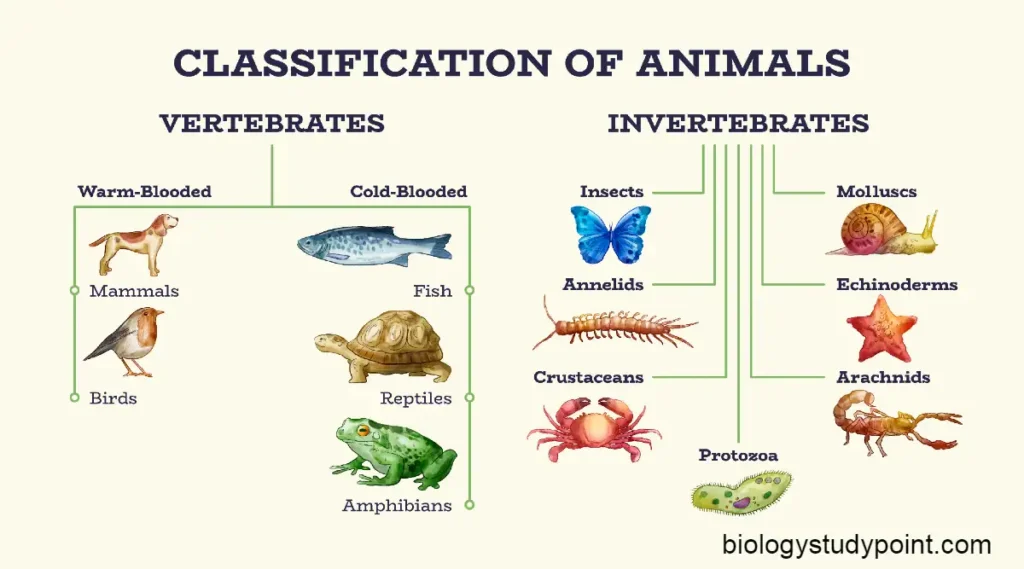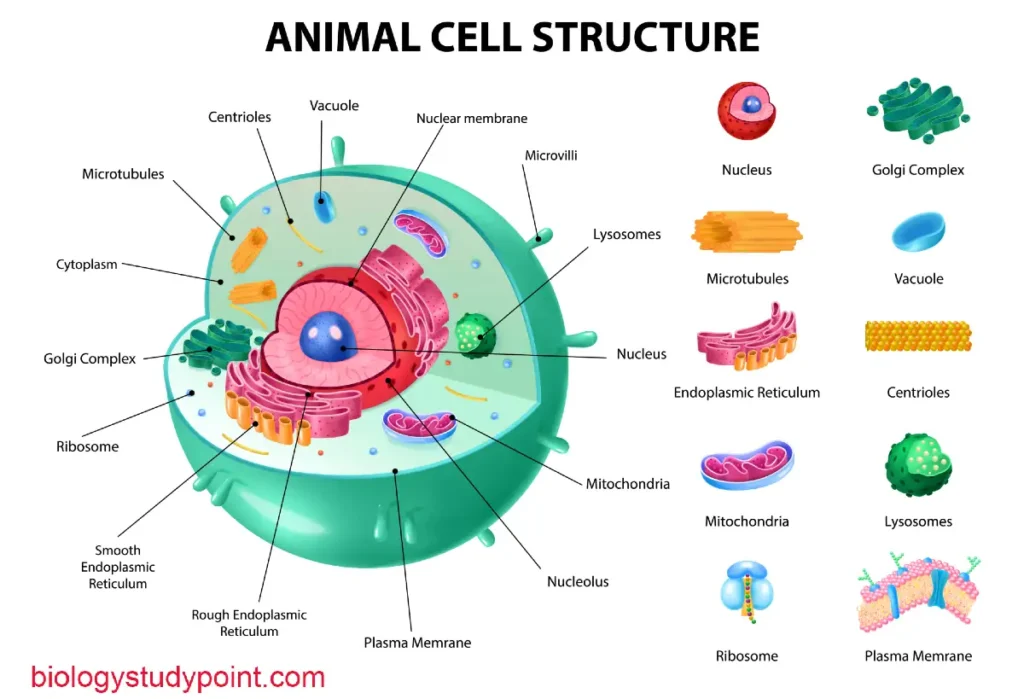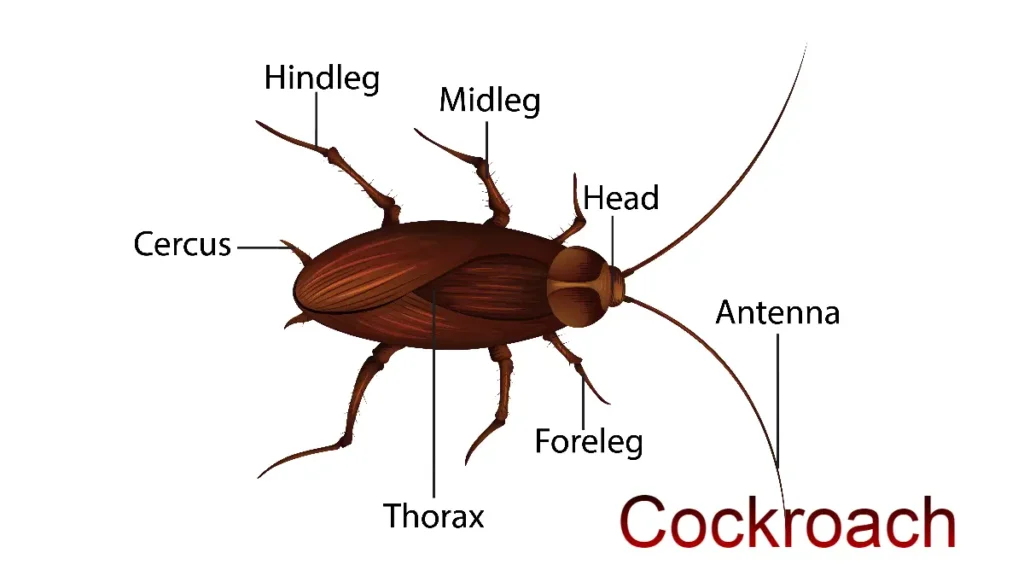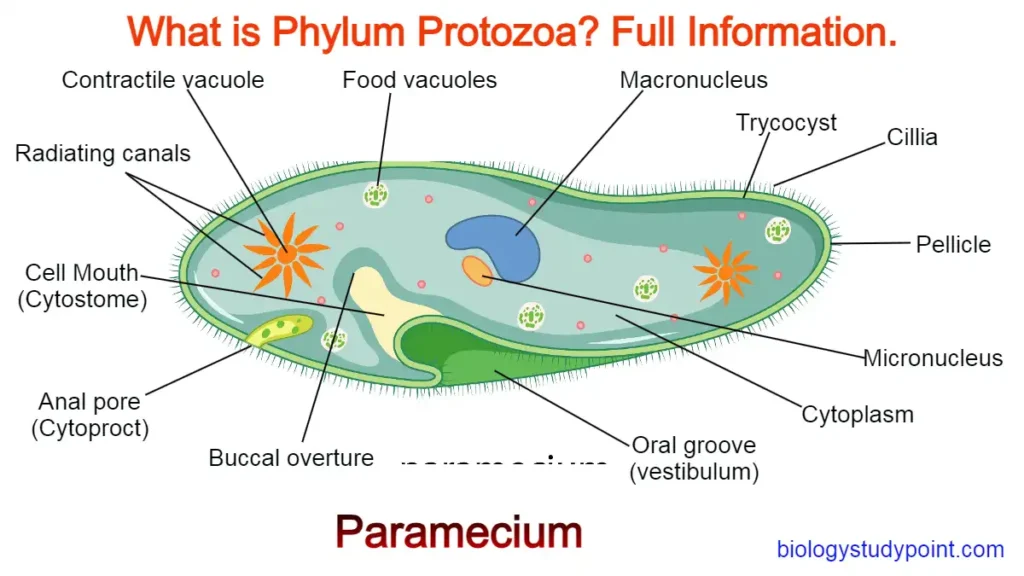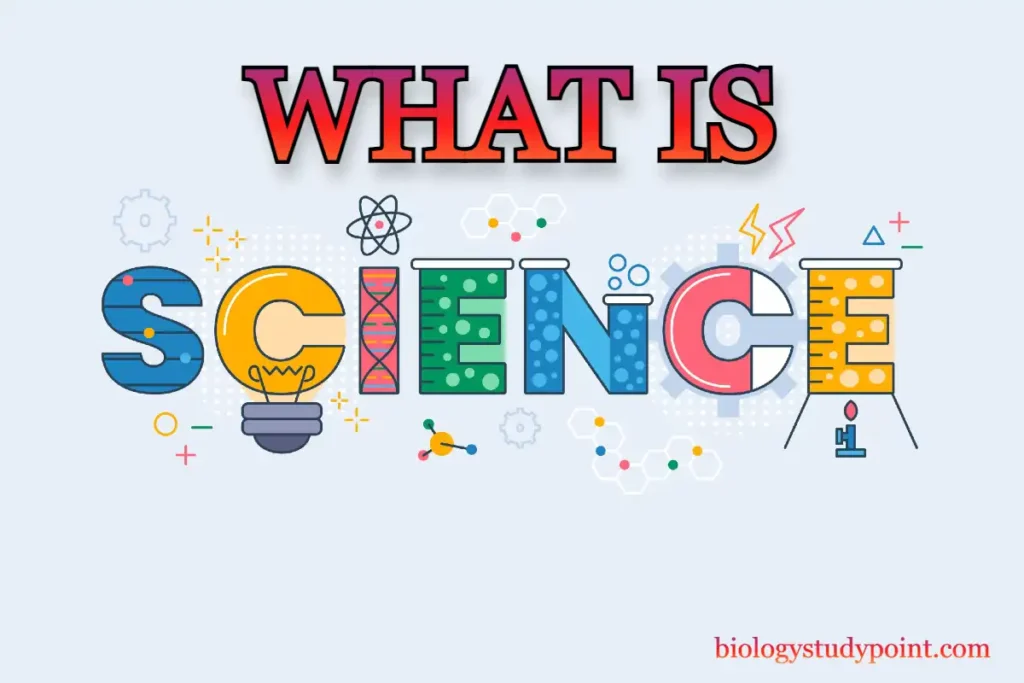Hello, guys, In today’s this article we will study about heterochromatin vs euchromatin. Like – what is euchromatin and heterochromatin? What are the functions of euchromatin and heterochromatin, We will know the answers to many such questions today, so let’s start.
What is the definition of heterochromatin vs euchromatin?
Definition of euchromatin –
During interphase, chromatin thread remains uncondensed and lightly stained. It is called euchromatin.
Euchromatin is transcriptionally active chromatin. Its nucleosomes packing is less condensed and have the following specialities.
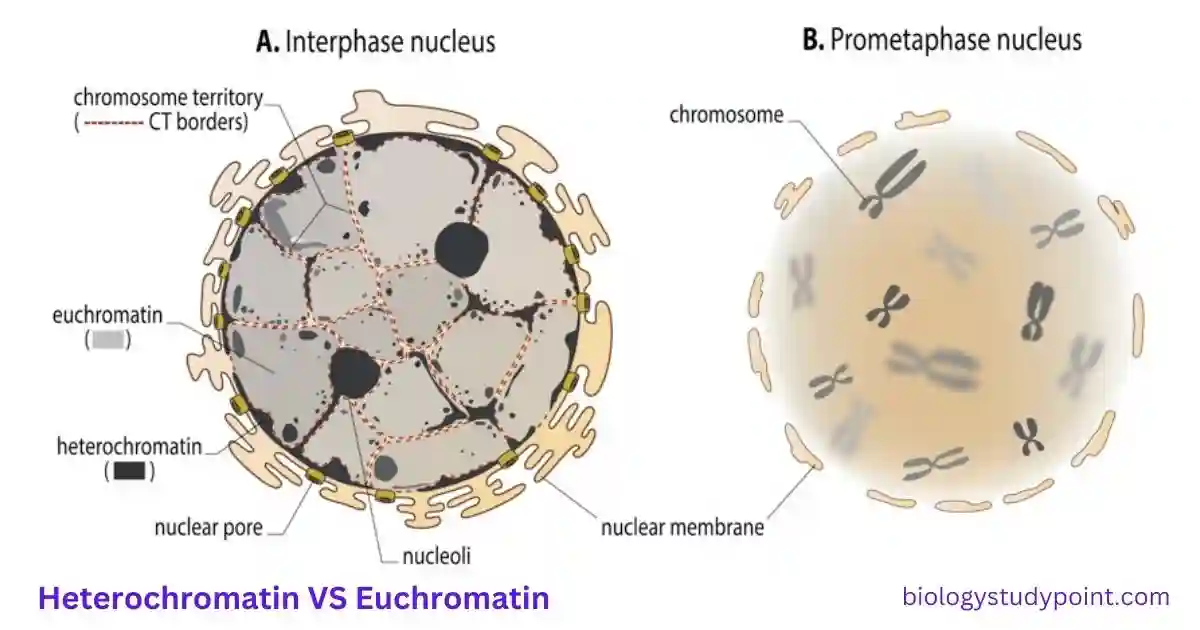
- Histon H1 is less tightly bound.
- Though the four nucleosomal histones are present in normal amounts, they are highly acetylated on lysines near their amino terminus. The acetyl groups are constantly being added to these histones by enzyme histone acetylase and removed by histone deacetylase. (Each acetyl group persists on an average for about 10 minutes only.)
- Nucleosome in active chromatin selectively bind two closely related small chromosomal proteins -HMG 14 (high-mobility group.)
- Active chromatin is highly enriched in a minor variant of histone H2A.
What is the definition of Heterochromatin?
Heterochromatin forms those regions of chromatin that remain condensed and darkly stained during interphase and early prophase.
Heterochromatin is transcriptionally inactive and is resistant to nuclease digestion. These heterochromatin regions fail to replicate during early cycles of DNA synthesis and replicate after the replication of euchromatic regions.
What is euchromatin and heterochromatin?
The cell chromatin can be differentiated into two types. The fine thread-like linen of the chromatin, which stains lightly with basic dyes, is called euchromatin. At certain regions, the chromatin is condensed and darkly stained. This is known as heterochromatin.
The heterochromatin regions can be seen in the interphase and prophase. It does not unravel in telophase like the remaining euchromatin.
The euchromatin also exhibits different affinities to the dyes. The linen of the chromatin which is in the form of lightly stained threads is composed of a chromatin (Stains with acidic dyes) and the darkly stained-granules (chromomeres) present on the linen are formed of basichromation or chromatin proper.
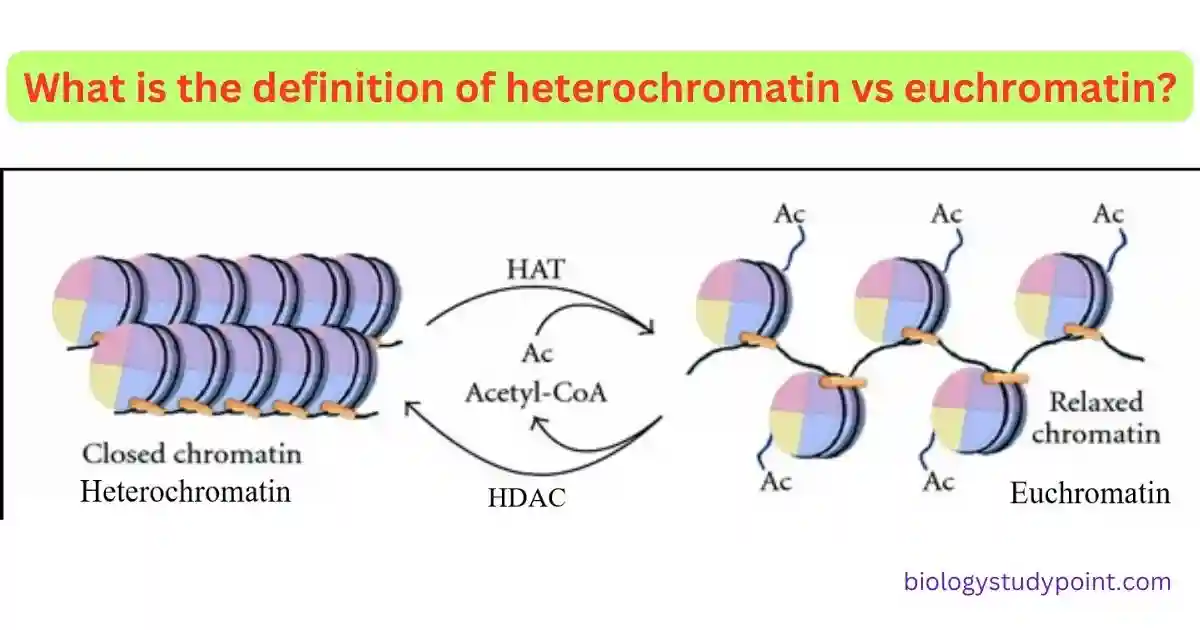
In some cases, the largest regions of the nucleus take dark stains with basic fuchsin. These are known as chromocentres of karyosomes.
Special sex chromatin bodies or barr-bodies are found in the periphery of the nucleus. These are more common in mammalian cells and especially females. Their number usually depends upon the number of sets of X -chromosomes. Normally, there is one sex chromatin body for a diploid set of chromosomes.
What is heterochromatin?
According to Heitz (1929) heterochromatin is found in those areas of chromatin which remain condensed during interphase and early prophase and do not uncoil during telophase along with test of the euchromatin.
During interphase, these heterochromatic regions appear darkly stained. Heterochromatin replicates during S-substage of interphase after the replication of euchromatin.
Types of Heterochromatin –
It is of following types.
Constitutive heterochromatin –
It is permanently inactive chromatin. It occupies fixed position in the interphase and in the chromosomes and occurs at the same location in both the chromosomes of a pair, such as in the centromeric region, at telomeres and adjacent to the nucleolar organizer region. Furthermore, it is also called organiser heterochromatin.
Facultative heterochromatin –
It is that chromatin which gets one of the two X-Chromosomes in mammalian females becomes heterochromatic. In mammalian males where only one X-chromosome is present, it remains euchromatic.
Structure of heterochromatin –
Though initially heterochromatin was considered to be inactive, it is now known that in the nucleolar organiser region, heterochromatin contains polygenes or repetitive DNA for ribosomal RNA, 5S RNA and tRNA. It is formed of small repetitive polynucleotide sequences. Each block contains about 300 nucleotides, and the number of blocks varies from 100 to 10 lacs.
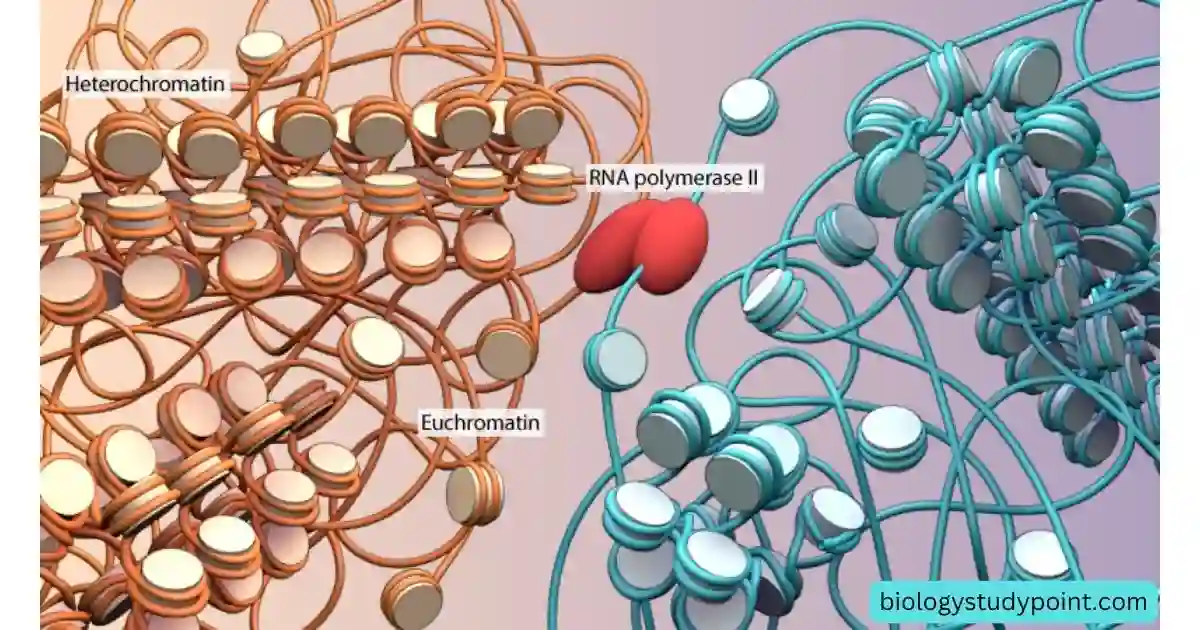
What are the functions of heterochromatin?
- It protects the vital areas of the genome against external disruptive forces. Around the nucleolar organiser it protects the cistrons for 18S and 28S ribosomal RNA from mutation and crossing over.
- Centromeric heterochromatin participates in separation of chromosomes during cell-division.
- It attracts Homologous chromosomes for pairing during meiosis.
- It establishes proximity between chromosomal regions which are functionally related and form the chromocentre.
- Furthermore, it plays an important role in replication and transcription of DNA.
- It establishes a fertility barrier that provides means for evolutionary diversity and speciation.
- Within the euchromatin the heterochromatin compartment divides the genome into several functional parts and serves as transcription full stop.
What is the difference between heterochromatin and euchromatin?
| Heterochromatin | Euchromatin |
| In this, DNA is tightly packed. | In this, DNA is loosely packed. |
| It has high density of DNA. | In this, the density of DNA is less. |
| It exhibits heteropycnosis. | Heteropycnosis has not been shown in these. |
| It appears in inactive state. | It appears in active state. |
| This occurs only in eukaryotes. | It is present in prokaryotes and eukaryotes. |
| Replication takes place late in this. | It replicates fast. |
| It is present on the periphery of the nucleus. | It is present in the interior of the nucleus. |
| Furthermore, it participates in transcriptional activity. | There is less transcriptional activity in this. |
Frequently Asked Questions –
What is heterochromatin also known as?
At certain regions, the chromatin is condensed and darkly stained. This is known as heterochromatin.
Is heterochromatin active or inactive?
Heterochromatin appears in inactive state. It not appears in active state.
Is DNA active in euchromatin?
Yes, There is less transcriptional activity in this.
What is the function of the heterochromatin?
It protects the vital areas of the genome against external disruptive forces. Around the nucleolar organiser it protects the cistrons for 18S and 28S ribosomal RNA from mutation and crossing over.
Centromeric heterochromatin participates in separation of chromosomes during cell-division.
It attracts Homologous chromosomes for pairing during meiosis.
It establishes proximity between chromosomal regions which are functionally related and form the chromocentre.
Furthermore, it plays an important role in replication and transcription of DNA.
It establishes a fertility barrier that provides means for evolutionary diversity and speciation.
Within the euchromatin the heterochromatin compartment divides the genome into several functional parts and serves as transcription full stop.
Where is heterochromatin found?
It is found in the periphery of the nucleus.
What are the three types of heterochromatin?
It is not three types. Heterochromatin is of two types.
Facultative heterochromatin.
Constitutive heterochromatin.
Is heterochromatin a dark or light stain?
Heterochromatin is a darkly stained.
What are the two major types of chromatin?
The two major types of chromatin, Euchromatin and Heterochromatin.
Conclusion –
So friends, in today’s article we have studied Heterochromatin vs euchromatin. Friends, if you did not like this article, then please comment and tell your suggestions and our mistakes.
Thank you so much











